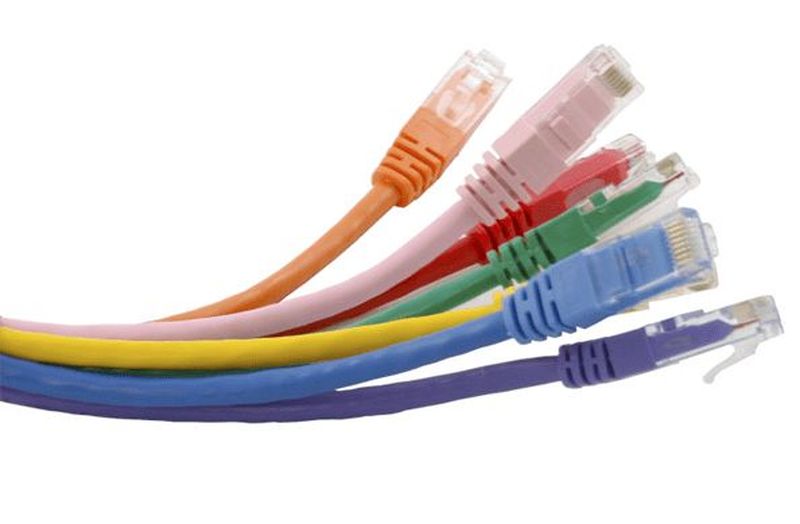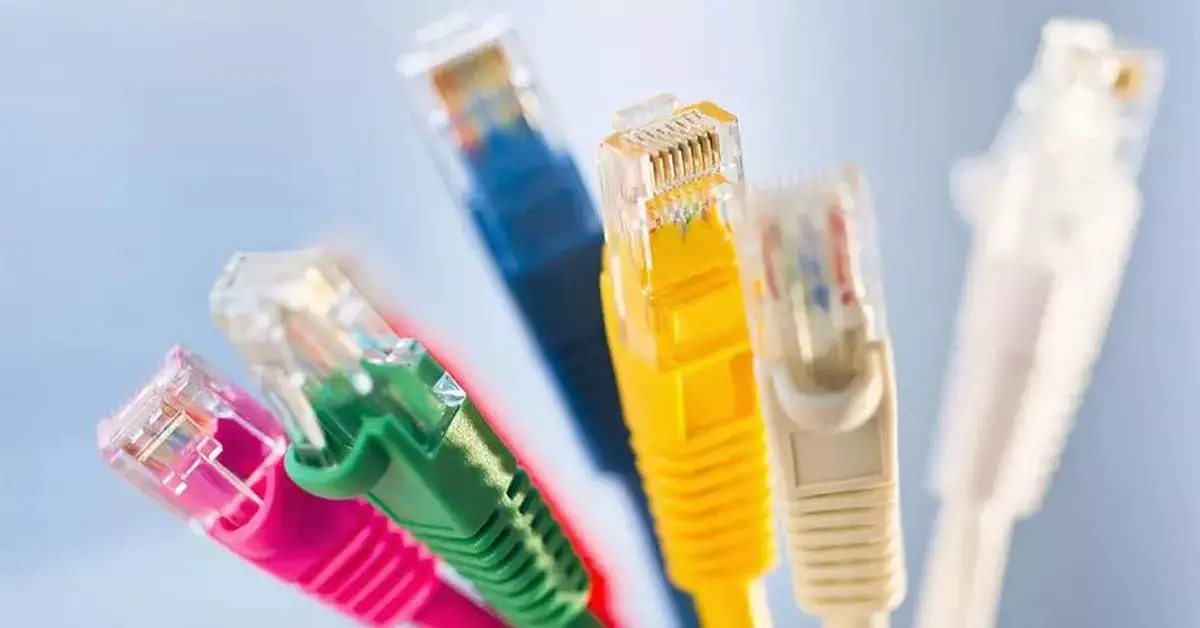The Ethernet cable we use today is the best way we have to connect a computer to the Internet, with connection speeds that already reach 1Gbps and exceed the maximum of Gigabit Ethernet, which remains at about 940Mbps. Therefore, the industry continues to advance, and although there are more and more 2.5G and even 10G connectors, now the standard that will allow reaching 100Mbps and up to 400Gbps with a single cable has just been approved.
This was announced today by the Ethernet Alliance after the end of the 2021 Technology Exploration Forum, where they state that their next goal is to reach 400Gbps with the latest enhancement of the 802.3 standard, which is the one used by Ethernet cables.
Three Ethernet and fiber standards are inching closer together
The Ethernet Alliance has taken the opportunity to announce and publish the finalized 802.3cu standard, which enables speeds of 100Gbps and 400Gbps on single-mode optical fiber per wavelength. Achieving higher speeds per wavelength allows less power to be used, which reduces cost, and allows denser networks to be operated with less equipment, which reduces heat.

In addition to that standard, they have also announced that they are close to creating a group for the IEEE P802.3ck standard. The creation of these groups only takes place when a standard is considered complete and stable. And it appears that this latest standard is very mature and ready to deliver spectacular speeds over copper wires.
Specifically, Ethernet will move to 100, 200, and up to 400Gbps interfaces over its copper wires, reducing the current reliance on fiber optics to achieve those speeds.
10 Gbps at distances of 80km over Ethernet
The last standard they mentioned is IEEE P802.3ct, which is completed and ready for pre-approval review. The standard affects DWDM (Dense Wavelength Division Multiplexing) systems and is the first Ethernet specification that allows speeds of 100Gbps to be achieved over distances of at least 80km.
Despite the interest in the approval of these standards, the price of 2.5G and 10G components must continue to fall to increase their presence. Currently, the network equipment needed to achieve 10 Gbps over Ethernet is very expensive, requiring even special Ethernet cables capable of handling such connections. In the case of 2.5G connectors, they are becoming increasingly common on high-end motherboards or routers, and will gradually permeate the mid-range.





